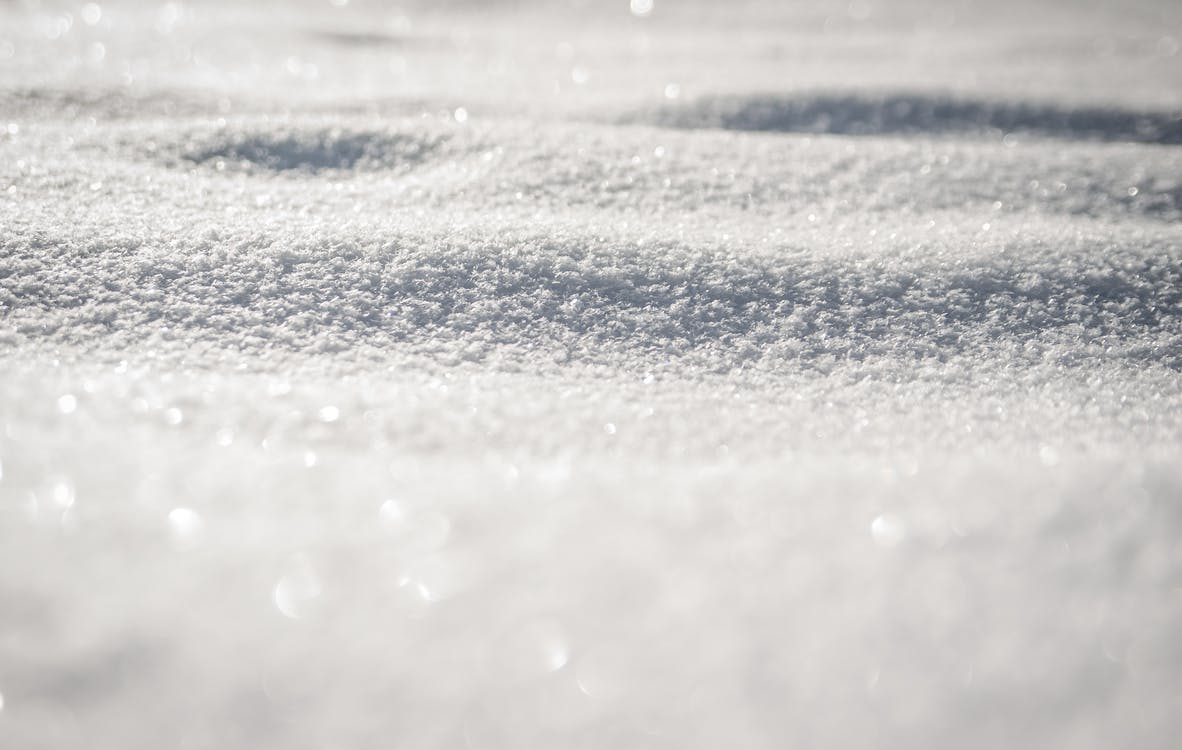As summer has left us and cooler seasons are approaching, you still need to be aware of the potential damage the sun may have caused over the last three months. The most important task you can perform is a simple self-examination to look for any signs of skin cancer that may have been triggered from exposure to the intense Australian sun. Looking out for your skin is an important commitment to your health – and one that could potentially save your life.
Even though we are now in Autumn, it is vital to continue to wear sunscreen, no matter what you are doing! Think you don’t go out in the sun? Activities such as driving, gardening, going to the shops, and having BBQ with our friends and family are THE MOST COMMON causes of sunburn.
The cancer council advises us the 5 best tips to keep in mind:
- Check the UV Alert and protect yourself if it is 3 or above. Cancer Council has a great mobile app that gives you UV levels, weather forecast, vitamin D information and more. (TIP: the UV levels rarely drop below extreme in Australia – no matter the weather, so it is vital to stay protected!)
- Seek shade when outside during peak UV times
- Apply sunscreen, with an SPF30 or higher, every two hours.
- Wear loose clothing made of fabrics that block out UV radiation, such as close-woven cotton and linen. Some stores now sell UV protected clothing.
- Wear sunglasses (that meet Australian standards) and a wide-brimmed hat to protect your scalp and face.
The best way of checking your skin is with a full length mirror or getting a partner or close friend to have a look, although this does not beat a Doctors check.
Healthy and harmless moles can:
- Range from 1mm to 10mm
- They are uniform in shape and even coloured, they may even be raised.
- There may even be multiple colours of black and brown
- Always make sure to study your moles for any sign of change.
- The more moles and freckles you have the higher risk of skin cancer.
During the examination of your body, you should be aware of new growths and/or the following changes in existing growths:
- A skin growth that increases in size and appears clear, tanned, brown, black, pearly or multicolored
- A birthmark, mole, beauty mark or any brown spot that changes color, size, thickness, texture or is irregular in outline, bigger that 6mm across of appeared after you turned the age 21.
- A spot that is constantly sore or appears to crust or scab.
If you have any concerns about a spot, it is vital to see your GP right away. Better to be safe than sorry!

